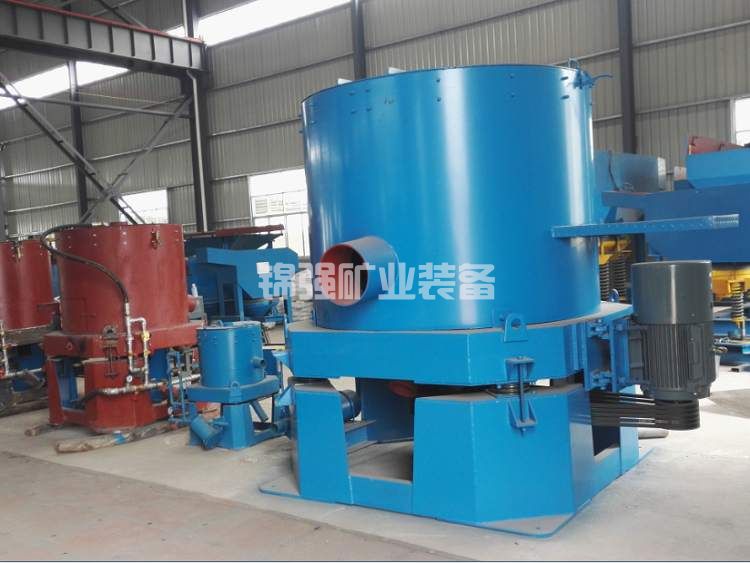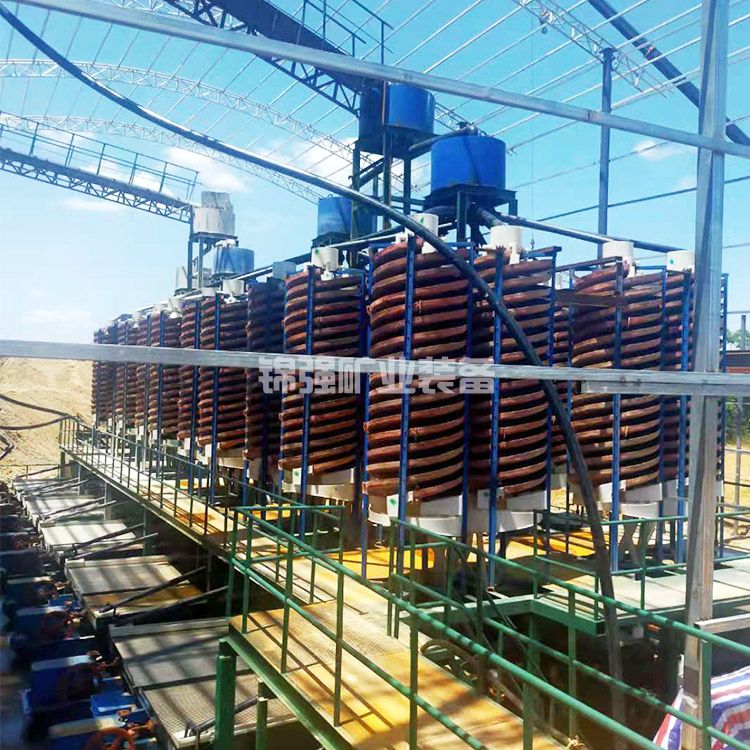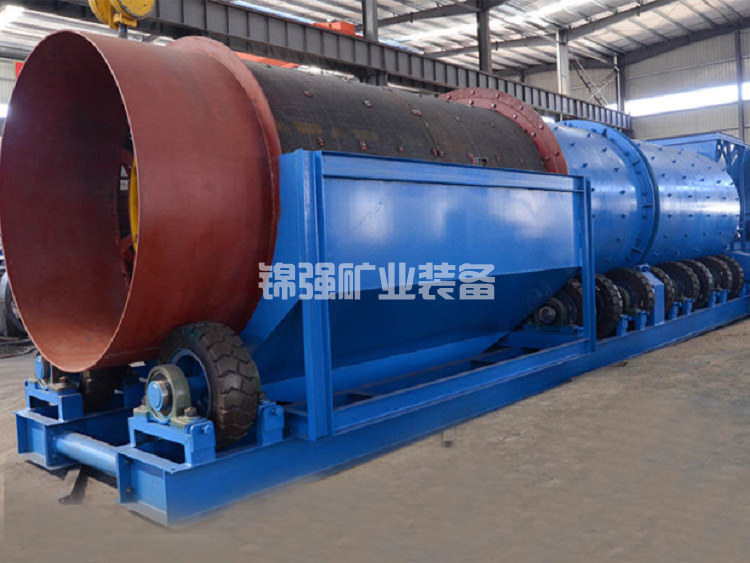 Service Phone:
+8619870423316
Service Phone:
+8619870423316
 Service Phone:+8619870423316
Service Phone:+8619870423316
current location: home > News and information
update date:2023-07-20 03:26:31Number of views: author:锦强矿山机械
Tungsten tin mineral is an important mineral resource with extensive applications in aerospace, military, electronics, chemical and other fields. Therefore, the research and development of beneficiation methods for tungsten tin minerals is of great significance. In this article, we will introduce the beneficiation methods of tungsten tin minerals, including flotation, gravity separation, magnetic separation, and other methods, and provide a detailed introduction to the operating steps and advantages and disadvantages of each method.
1、 Flotation method
Flotation method is a commonly used mineral processing method, which utilizes the difference in the affinity between minerals and water to float the minerals on the water surface and achieve separation. The flotation method is applicable to the separation of Silicate mineral such as quartz and Pyrite in tungsten tin minerals.
Operating steps:
1. Crush the tungsten tin mineral to a certain particle size, usually ranging from 0.5 to 0.1mm.
 2. Mix minerals with water and add an appropriate amount of reagents, such as collectors, foaming agents, etc.
2. Mix minerals with water and add an appropriate amount of reagents, such as collectors, foaming agents, etc.
3. After stirring evenly, introduce bubbles into the slurry to float the mineral on the water surface.
4. Collect minerals in the flotation foam.
 Advantages: The flotation method has a wide range of applications and can be used for the separation of various minerals.
Advantages: The flotation method has a wide range of applications and can be used for the separation of various minerals.
Disadvantages: The flotation method has high requirements for mineral particle size, complex operation, and high reagent consumption.
2、 Reselection method
Gravity concentration is a mineral processing method based on mineral density difference. Its principle is to separate minerals with different densities by gravity. The gravity concentration method is suitable for the separation of cassiterite, Wolframite, etc. from tungsten tin minerals.
Operating steps:
1. Crush the tungsten tin mineral to a certain particle size, usually ranging from 0.5 to 0.1mm.
2. Mix minerals with water to form a slurry.
3. Pour the slurry into the gravity separator and layer the minerals according to their density through mechanical vibration or water flow impact.
4. Collect minerals from different density layers.
Advantages: The gravity separation method is easy to operate and has low requirements for mineral particle size.
Disadvantages: The gravity separation method can only be used for the separation of minerals with large density difference, and has poor effect on minerals with small density difference.
3、 Magnetic separation method
Magnetic separation method is a mineral processing method based on the magnetic differences of minerals, which uses magnetism to separate minerals with different magnetic properties. The magnetic separation method is suitable for the separation of cassiterite, Wolframite, etc. from tungsten tin minerals.
Operating steps:
 1. Crush the tungsten tin mineral to a certain particle size, usually 0.5-0.1mm.
1. Crush the tungsten tin mineral to a certain particle size, usually 0.5-0.1mm.
2. Mix minerals with water to form a slurry.
3. Pass the slurry through a magnetic separator and use magnetism to separate the minerals. Magnetic separators are usually divided into two types: dry and wet. Dry magnetic separators are suitable for minerals with larger particle sizes, while wet magnetic separators are suitable for minerals with smaller particle sizes.
4. Collect minerals with different magnetic properties from the magnetic separator.
Advantages: Magnetic separation method has low requirements for mineral particle size and is easy to operate.
Disadvantage: Magnetic separation method can only be used for separating minerals with significant magnetic differences, and its effect is not good for minerals with small magnetic differences.
In summary, the beneficiation methods for tungsten tin minerals include flotation, gravity separation, magnetic separation, and other methods. In practical applications, suitable methods should be selected for separation based on mineral properties and beneficiation requirements.
Beneficiation methods for tungsten tin minerals